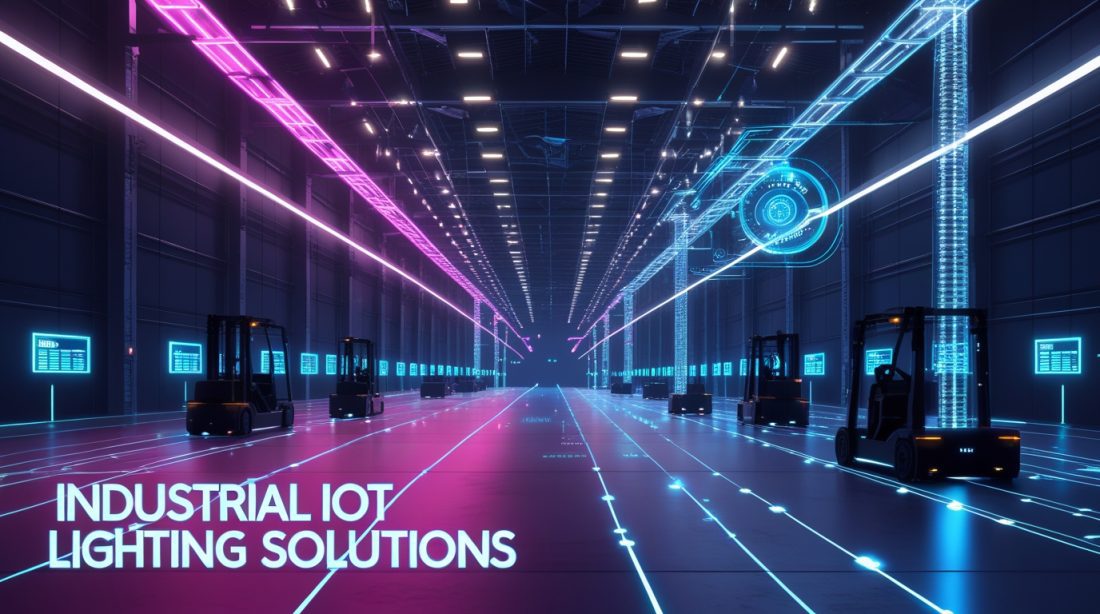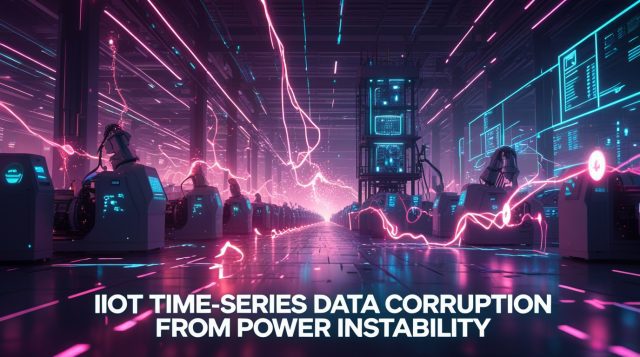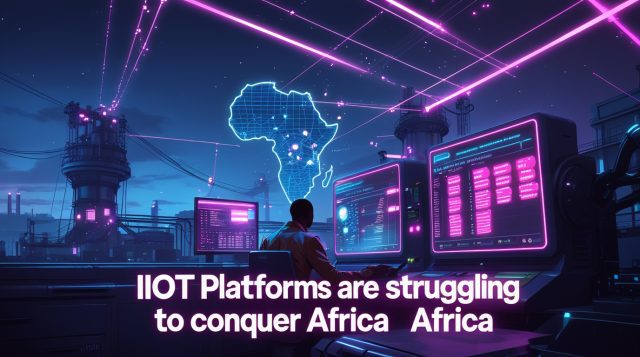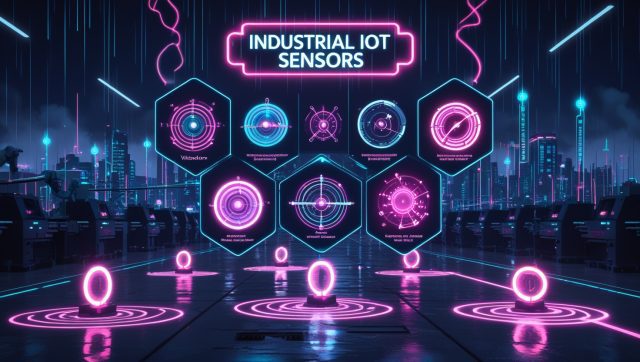In a dimly lit warehouse in Pennsylvania, a single switch to industrial IoT lighting solutions revealed just how much energy we waste in plain sight.
According to Global Market Insights, the global smart lighting market growth 2025 is projected to surge from $18.57 billion in 2025 to $43.39 billion by 2030, representing a remarkable 18.5% compound annual growth rate. This expansion isn’t happening by accident—it’s driven by a fundamental shift in how industries approach energy consumption, operational efficiency, and data intelligence.
As detailed in Moonlightia’s industry report, at the intersection of AI-powered lighting controls and industrial IoT lies a transformation that’s redefining lighting from a simple utility to an intelligent network capable of sensing, adapting, and predicting. For industrial operators and smart city planners, this represents more than just technological enhancement—it’s a strategic imperative that delivers tangible ROI through energy savings, predictive maintenance lighting systems, and unprecedented operational insights.
Why Smart Lighting Matters: The Business Case Beyond Illumination
The fundamental shift toward industrial IoT lighting solutions reflects a broader transformation where every operational element is becoming connected, responsive, and intelligent. Lighting, which traditionally accounted for significant portions of energy budgets, has become a gateway to comprehensive facility intelligence rather than merely a source of illumination.
By 2050, with 68% of the world’s population expected to live in urban areas, and global electricity demand projected to rise dramatically by 2040, the pressure on industrial and municipal energy resources has never been greater. Smart lighting energy savings statistics highlight that IoT systems can cut energy consumption by over 50%, directly addressing this challenge.
Consider the case of Copenhagen, where IoT street light management powered by AI adjusts brightness based on real-time data, slashing energy consumption by up to 70%. Similarly, in commercial buildings, wireless lighting control systems that automatically adjust based on occupancy patterns and daylight have demonstrated reductions of 30–40%.
How AI is Transforming Basic Lighting Into Intelligent Systems
From Simple Automation to Predictive Intelligence
The evolution of AI-powered lighting controls has moved through distinct phases—from basic timer-based systems to today’s context-aware, cloud-connected platforms. Machine learning algorithms analyze real-time data from IoT lighting sensors occupancy, enabling systems to discern usage patterns and optimize illumination efficiently. Read more here – how to fix IIoT data latency and unlock real-time visibility in industrial environments.
In commercial buildings, circadian lighting systems workplace adjust brightness and color temperatures automatically to match natural rhythms, improving employee well-being and productivity.
The Predictive Maintenance Advantage
For industrial operators, lighting failures can cause major disruptions. AI-powered predictive maintenance lighting systems use AI to anticipate and prevent these failures, cutting maintenance costs by up to 40%. With smart lighting maintenance cost reduction strategies, facilities benefit from extended system lifespan and reduced downtime—key factors in maximizing smart lighting ROI calculator outcomes.
Read more here – how power instability corrupts IIoT time series data and impacts predictive maintenance.
Where Industrial IoT Lighting Delivers Maximum Impact
Smart Cities and Municipal Infrastructure
Urban centers are embracing smart city lighting infrastructure to modernize public spaces and reduce operational costs. Programs like Chicago’s IoT street light management project showcase how connected lighting networks enable remote control, smart lighting cloud management platform analytics, and energy optimization at scale.
Modern smart pole technology applications combine lighting with communication systems, hosting 5G antennas and environmental sensors. These intelligent street lighting case studies highlight how connected poles serve as both infrastructure and data hubs for smart cities.
Read more here – projections on how many connected devices will shape smart city infrastructure by 2030.
Industrial and Manufacturing Facilities
In industrial settings, smart warehouse lighting solutions deliver not just energy efficiency but operational intelligence. Facilities are adopting industrial facility LED retrofit programs to transition from legacy systems to intelligent LEDs that support lighting control system integration BMS for centralized management.
Smart lighting platforms provide smart lighting data analytics that help plant managers identify underused areas, optimize schedules, and improve worker safety—all while contributing to energy efficiency lighting incentives and compliance goals.
Commercial Buildings and Workspaces
The commercial sector is increasingly turning to commercial building smart lighting for energy efficiency and comfort. These AI-enabled environments use human-centric lighting benefits to align artificial light with natural rhythms, boosting productivity and wellness.
Integrating power over ethernet lighting enables faster installation and data communication across devices, while smart office lighting automation allows dynamic adjustments that respond to occupancy or daylight changes in real time.
How to Implement IoT Smart Lighting: A Strategic Framework
Building the Business Case
Organizations adopting industrial IoT lighting solutions should evaluate both immediate and long-term value. With lighting as a service providers, companies can shift from large capital investments to flexible subscription models, making smart lighting more accessible.
IoT lighting implementation guide frameworks often emphasize three core ROI drivers—energy efficiency, maintenance reduction, and improved productivity. Using a smart lighting ROI calculator, stakeholders can forecast financial payback while factoring in indirect benefits like safety and sustainability.
Navigating Implementation Options
When choosing a connectivity model, companies often balance power over ethernet lighting for reliability with wireless lighting control systems for flexibility. Hybrid setups deliver the best of both worlds, especially in large-scale retrofits.
Read more here – how industrial Wi-Fi zoning ensures reliable connectivity for smart lighting systems.
Integrating IoT lighting standards Matter Zigbee ensures interoperability, helping systems connect seamlessly to existing building management systems (BMS) and cloud platforms.
The Future of Industrial IoT Lighting: What Comes Next
The next wave of smart lighting market growth 2025 will center on deep AI integration and advanced analytics. Smart lighting data analytics tools will combine with predictive maintenance lighting systems and edge computing to drive self-healing networks.
Read more here – how connectivity-as-a-service is reshaping Industry 4.0 infrastructure.
Emerging innovations like voice control smart lighting commercial will redefine convenience and accessibility in offices and industrial spaces, while lighting as a service providers continue to reshape business models toward subscription-based ecosystems.
Overcoming Implementation Challenges
Challenges such as interoperability and cybersecurity remain top concerns. Adopting smart lighting cybersecurity best practices—including encryption, authentication, and isolated network architecture—helps ensure system integrity.
Illuminating the Path Forward
The expansion of industrial IoT lighting solutions marks a shift from passive systems to intelligent networks that deliver operational and environmental value. As standards evolve through IoT lighting standards, such as Matter and Zigbee, and smart lighting cloud management platforms, industries and cities are entering a new era of connected illumination.
Forward-thinking operators are reshaping how light contributes to smarter, safer, and more sustainable environments.
Fast Facts
Industrial IoT lighting solutions are revolutionizing how factories and smart cities manage energy. By combining AI-powered lighting controls with predictive maintenance systems, businesses achieve up to 70% energy savings, lower maintenance costs, and improved workplace productivity. From warehouses to urban infrastructure, these connected lighting networks are redefining efficiency, sustainability, and intelligence in 2025.



